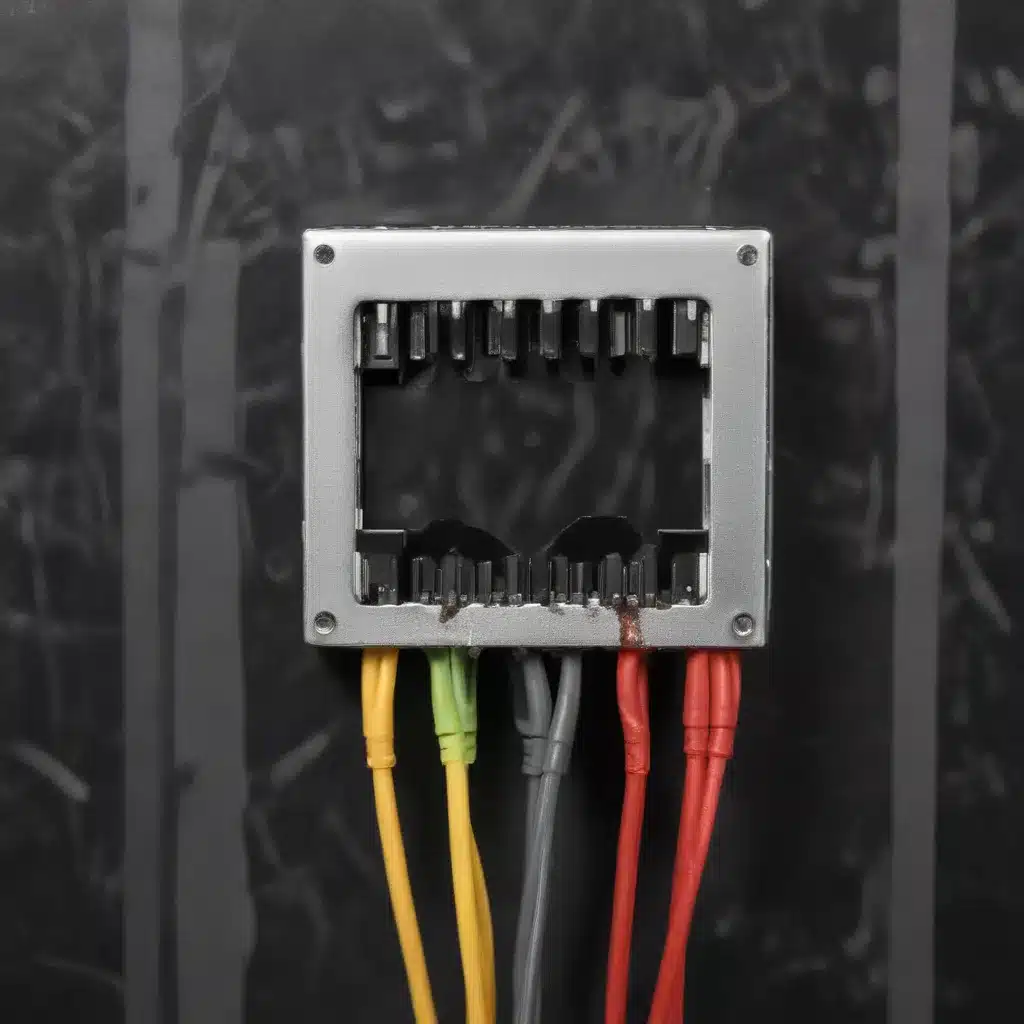
Diagnosing and Resolving Connectivity Problems on Linux Systems
As an experienced IT professional, you understand the importance of maintaining robust network connectivity on Linux desktops. Whether you’re supporting remote workers, managing a small business network, or maintaining a home office setup, dealing with network issues can be a constant challenge. In this comprehensive guide, we’ll explore a wide range of troubleshooting techniques and practical solutions to help you address common network problems on Linux systems.
Understanding Network Interfaces and Configuration
The foundation of any network troubleshooting effort is a solid understanding of your system’s network interfaces and their configuration. In Linux, the ip command is an essential tool for this task. This versatile utility allows you to view and manipulate various network objects, including IP addresses, routes, and ARP tables.
To quickly check the status of your network interfaces, use the following command:
ip link show
This will display the current state of all network interfaces on your system, indicating whether they are in the “UP” or “DOWN” state. If an interface is down, you can enable it with the ifup command:
sudo ifup <interface_name>
Replace <interface_name> with the specific interface you want to bring up, such as eth0 or wlan0.
In addition to the ip command, many Linux distributions also provide a higher-level interface for network configuration through the Network Manager (nmcli) tool. This utility offers a more user-friendly way to manage network connections, including tasks such as modifying IP addresses, setting up static routes, and managing VPN connections.
Troubleshooting DNS Issues
One common network problem that can cause connectivity issues is DNS (Domain Name System) resolution. The nslookup utility is a valuable tool for diagnosing and troubleshooting DNS-related problems.
To quickly test the name resolution for a specific host, use the following command:
nslookup example.com
If the name resolution fails, you can try specifying an alternative DNS server as the third argument:
nslookup example.com 8.8.8.8
This command uses Google’s public DNS server (8.8.8.8) for the name resolution, which can help identify whether the issue is with your local DNS configuration or a more widespread problem.
Analyzing Network Sockets and Connections
Another crucial aspect of network troubleshooting is understanding the state of network sockets and connections on your Linux system. The ss command, the modern replacement for the netstat utility, provides detailed information about network sockets and their status.
To view all established network connections, use the following command:
ss -t
This will display a list of all active TCP connections on your system. You can further filter the output by specifying the source or destination IP address or hostname.
If you need to verify whether a specific network service is listening on your system, use the -l option:
ss -ltn
This command will list all listening TCP sockets, displaying the port numbers instead of service names.
Tracing Network Connectivity
When investigating network connectivity issues, the tracepath command can be a valuable tool. This utility traces the network path between your system and a remote host, identifying any routers or network nodes along the way.
To trace the connectivity to a remote host, simply run:
tracepath example.com
If tracepath encounters any issues during the trace, it will display “no reply” at the problematic hop, helping you narrow down the source of the problem.
Ruling Out Firewall Interference
Firewall settings can often be the culprit behind network connectivity issues. On Linux systems, the iptables command is the primary tool for managing the built-in firewall. You can use this command to list the current firewall rules and identify any that might be blocking your desired network traffic.
sudo iptables -L
This will display the current firewall rules, allowing you to inspect them for any potential issues. Remember that your Linux distribution may also provide a graphical firewall management tool, such as the one available in the UpCloud control panel, which can simplify the process of managing firewall rules.
Putting It All Together: A Comprehensive Troubleshooting Approach
When faced with a network connectivity problem on your Linux desktop, follow these steps to systematically identify and resolve the issue:
- Check Network Interface Status: Use the
ip link showcommand to verify that your network interfaces are in the “UP” state. Enable any disabled interfaces with theifupcommand. - Verify IP Address and Routing: Ensure that your network interfaces have the correct IP addresses assigned and that the routing table is configured properly. Use the
ip addrandip routecommands to inspect these settings. - Test DNS Resolution: Use
nslookupto check the name resolution for both hostnames and IP addresses. If the name resolution fails, investigate your DNS server configuration. - Analyze Network Sockets: Employ the
sscommand to examine the state of network sockets on your system, looking for any issues with established connections or listening services. - Trace Network Connectivity: Run
tracepathto trace the network path to a remote host, identifying any problematic hops along the way. - Inspect Firewall Rules: Review your system’s firewall rules using
iptables -Lto ensure that no rules are blocking the desired network traffic.
By methodically working through these steps, you’ll be able to identify and resolve a wide range of network issues on your Linux desktop, ensuring reliable connectivity for your users or personal needs.
Remember, network troubleshooting can be a complex and sometimes challenging task, but with the right tools and a systematic approach, you can quickly pinpoint and resolve even the most stubborn network problems. For additional support or if you encounter any issues that you’re unable to resolve, don’t hesitate to reach out to the IT Fix community at https://itfix.org.uk/.












